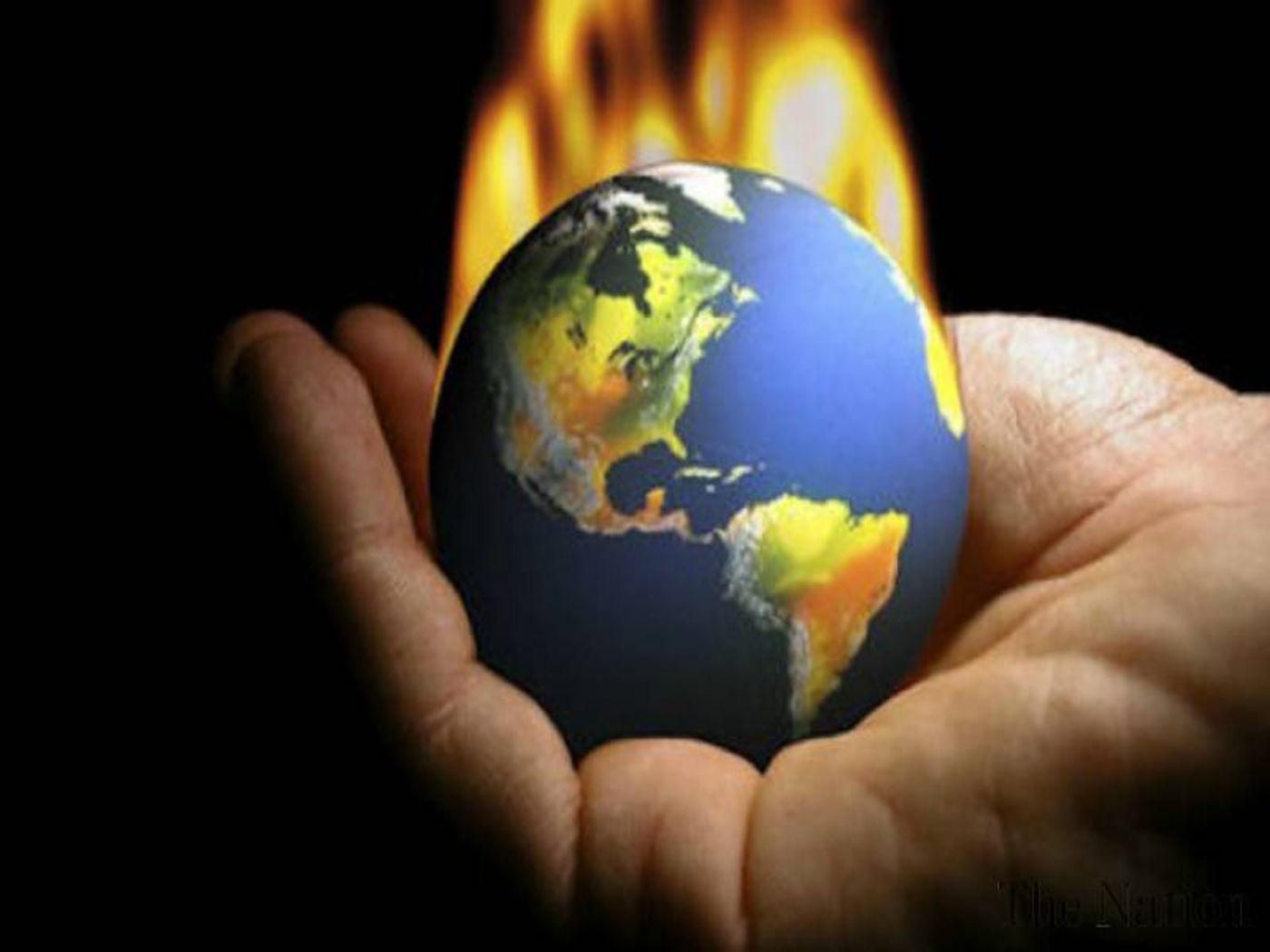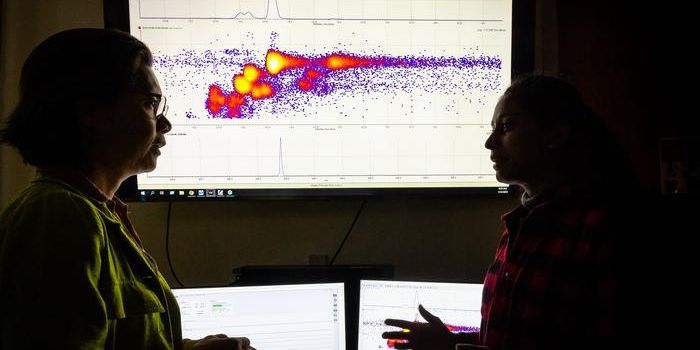And in case you needed more convincing: yes, humans are causing climate change
If there was any doubt that humans are driving climate change, this new study published in Geophysical Research Letters has just washed that suspicion out to shore with an extensive analysis of statistics. Looking at historical temperature data in the scope of modern climate model simulations, the study determined that the probability of experiencing record-breaking global temperatures from 2014 to 2016 as we have is 0.03% without the influence of humans. In fact, three record-breaking years in a row since 2000 only has a 0.7% chance of happening were humans to have had no factor at all in climate change. But when we add humans into the picture, that likelihood raises to 50%.
That’s roughly a 1-in-a-million chance for 2016 data without human influence and an almost 1-in-3 chance taking human warming into account. It’s certainly not looking good for the culprits.
We broke global temperature records in first in 2014, then in 2015, and then again in 2016. What will happen in 2017? NOAA reported that 2016 brought an average global temperature across land and ocean surface areas that was 0.94 degrees Celsius (1.69 degrees Fahrenheit) above the 20th century average of 13.9 degrees Celsius (57.0 degrees Fahrenheit). According to NASA the average surface temperature of the planet has risen approximately 1.1 degrees Celsius (2.0 degrees Fahrenheit) since the end of the 19th century. And considering 16 of the 17 warmest years on record have happened since 2001, the trend isn’t good.
"With climate change, this is the kind of thing we would expect to see. And without climate change, we really would not expect to see it," said Michael Mann, a climate scientist at Pennsylvania State University in State College, Pennsylvania, and lead author of the new study.
What makes this study different from others is that the researchers analyzed data under the notion that each year is not independent of previous and future years. This is because they wanted to account for natural and human events that make temperature changes clump. Climate patterns like El Niño, the solar cycle and volcanic eruptions all can influence big patterns from year to year and it’s crucial to see these systems as connected in order to get the best understanding of the data.
Mann explains that within this big system view, rising global temperatures link to more frequent and intense extreme weather events like heat waves, floods, and droughts. He has no doubt that these changes are being driven by human activity and that they are what in turn will most affect us and other living things.
Sources: Science Daily, Geophysical Research Letters









